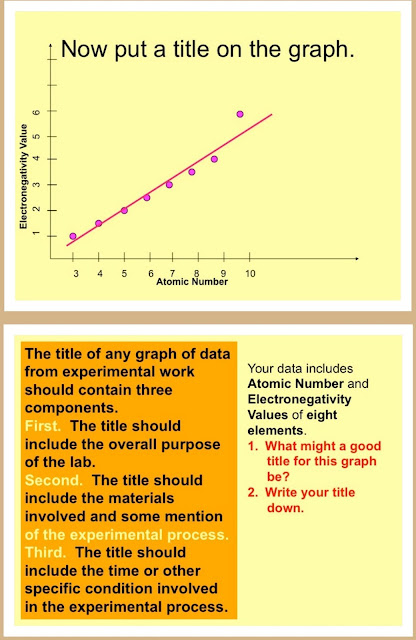I’ve been a storyteller all my life. As a kid, during summer vacations in Ft. Wayne, Indiana, I would gather my cousins around under the weeping willow tree in my grandmother’s front yard. I would regale them with my interpretations of Bill Cosby and Bob Newhart comedy routines.
As a children’s Sunday School and Junior Church leader, and even to adult audiences at more than one church gathering, I spun my versions of Bible Stories. Did you know that Gideon had a pair of Nike shoes ready just in case the battle against the Midianites didn’t go his way?
When I started teaching, stories became a vehicle to convey the meaning of science concepts to students in an often more comprehensible manner than reading, writing or lecturing.
Video of a story I told in class, click the link to see and hear the story
"The time I tore my quadriceps muscle."
"The time I tore my quadriceps muscle."
- One of the most important aspects of oral storytelling is to read the audience and react to keep them focused on the story. All good public speakers do this. For me, it was a natural thing. I can sense when I’m losing a crowd and am almost always able to make adjustments on the fly to bring them back to my narrative.
- Also, when telling a story, good storytellers use dramatic pauses to give the listeners a chance to formulate a picture in their minds.
- Different voices for different characters add another dimension to the oration.
- Shouting, whispering, peering from side to side, using a shocked look—or smug or chagrined or embarrassed, among others—can bring a feeling or picture into the mind of the listeners. See the photo above for an example.
- I’ve even said, “Now, about this time, I’m thinking…” to get listeners to visualize what I see going on as I’m telling the story.
Example. of #5.
- I tell a story about deer hunting and a mule. I heard it first at a coaching clinic. I've heard it told in 10 minutes. My version last 30+ minutes.
- At one point in the story, my friend and I are deer hunting at his request. I have no desire to deer hunt. I'm on this trip to keep him from ever inviting me again.
- He assigns me a necessary task he does not want to do. Even though I don't want to do it, either, I agree--remember, I never want to be invited to deer hunt again.
- While performing the task, I end up with a sprained ankle and torn trousers. When I get back to his Toyota Land Cruiser, he's asleep.
- My next spoken line to my audience is,
“Now, about this time, I’m thinking…”
- By explaining my thinking, listeners form ideas in their minds of my next action. And, the listen to the story to see if they are correct.
- BTW. No one ever figures out what I'm going to do from this clue, and the ending ALWAYS elicits expressions from shock to anger to hilarity.
Unfortunately, when you write a story you can’t do any of the things I’ve listed that you can when you tell a story. Except the #3 point above…
But more on that next week in Story Telling VS. Writing A Story – Part 2: Writing a Story
SEO: nostalgia, Americana, memories, storytelling, humor
Follow me on
Twitter: @CRDowningAuthor
Other Blogs.
- Life as I see it. The topics rotate between generaof interest to authors, teachers, and other lovers of life. http://crdowning-author.blogspot.com/?alt=rss
- My Christian Context. Posts M/W of discussion questions. Thursdays - Timeless Truths. Fridays - Expressions of Faith. https://mychristiancontext.blogspot.com/
I'd appreciate your feedback on Blogger!


















